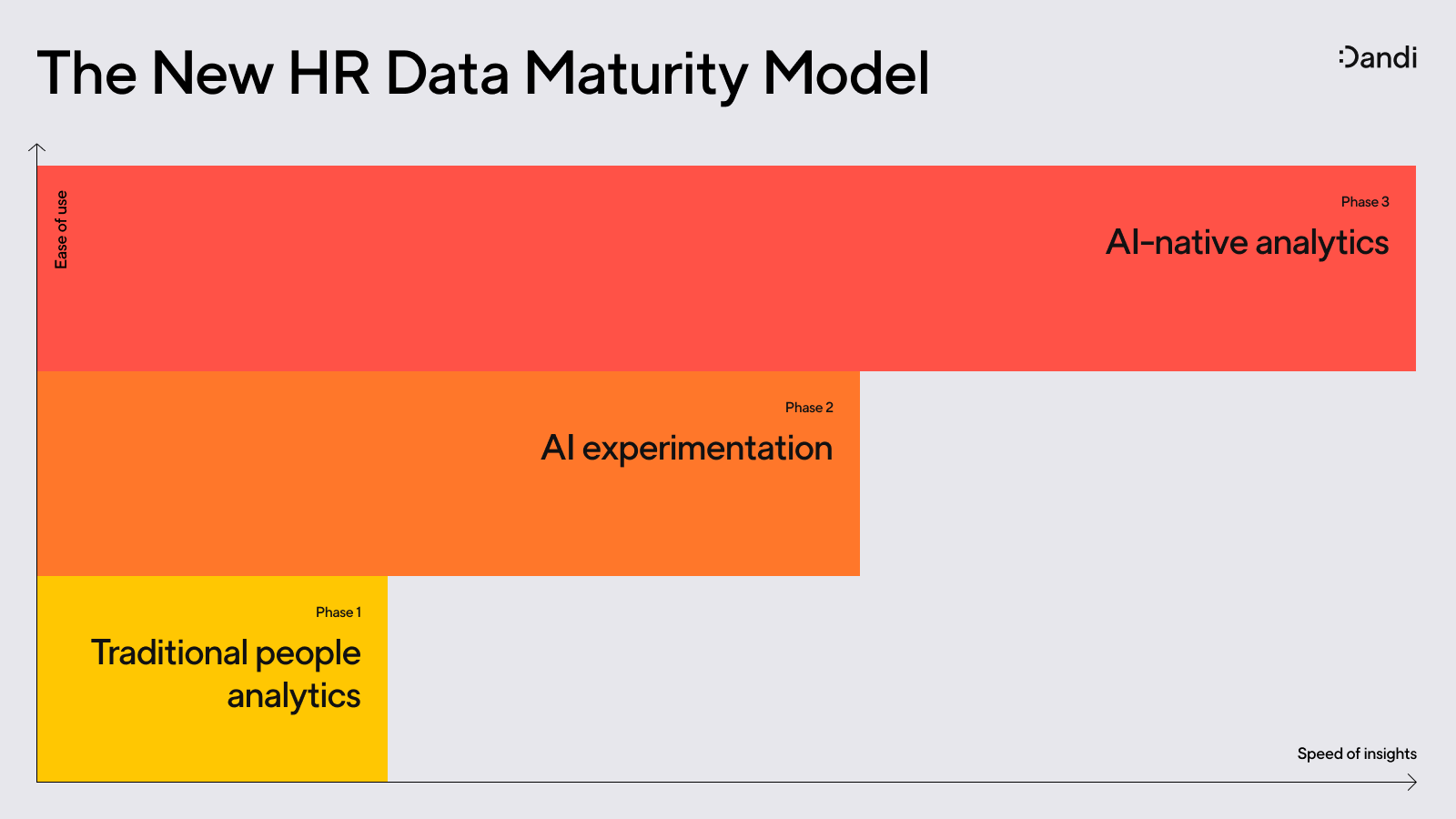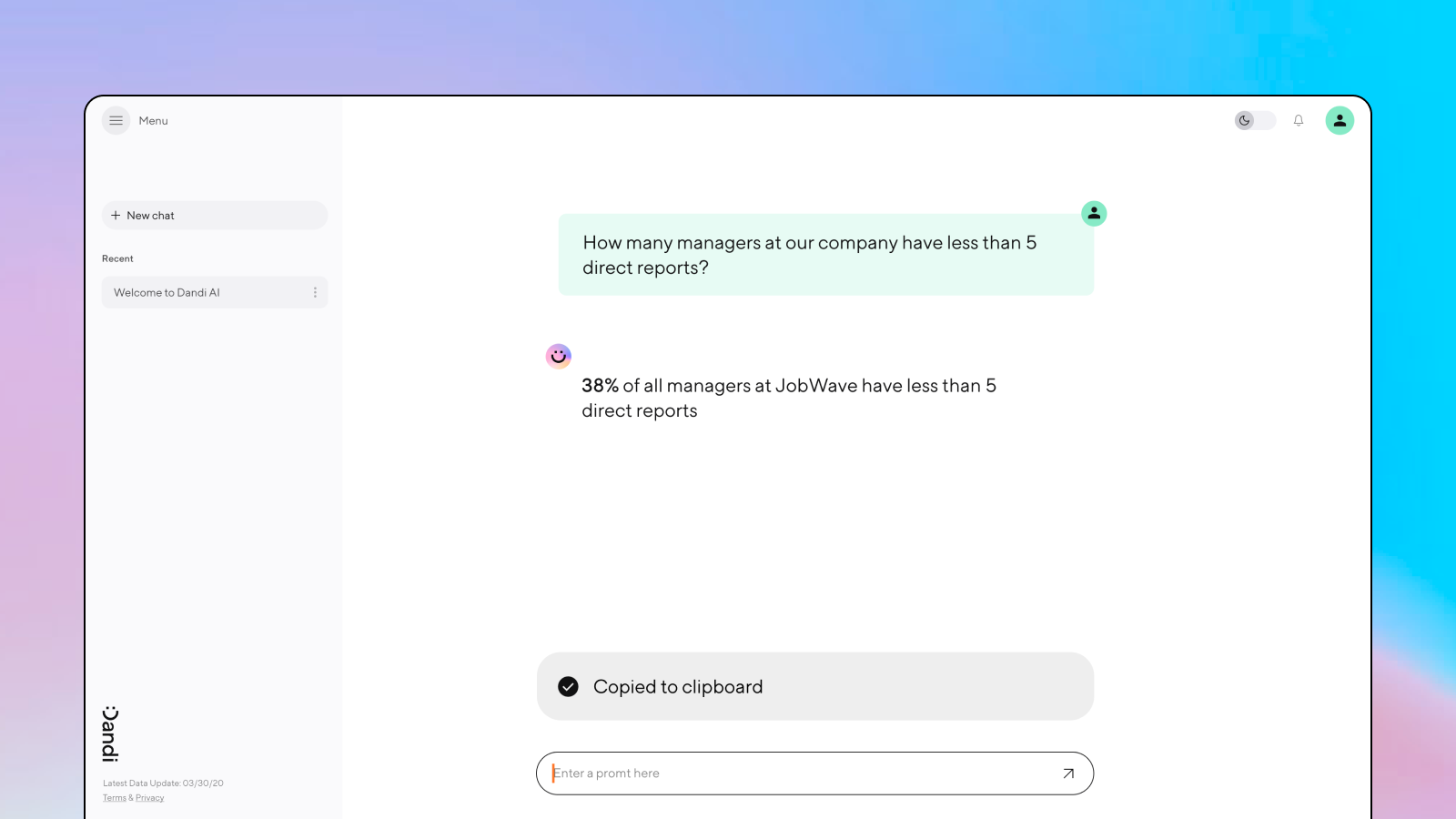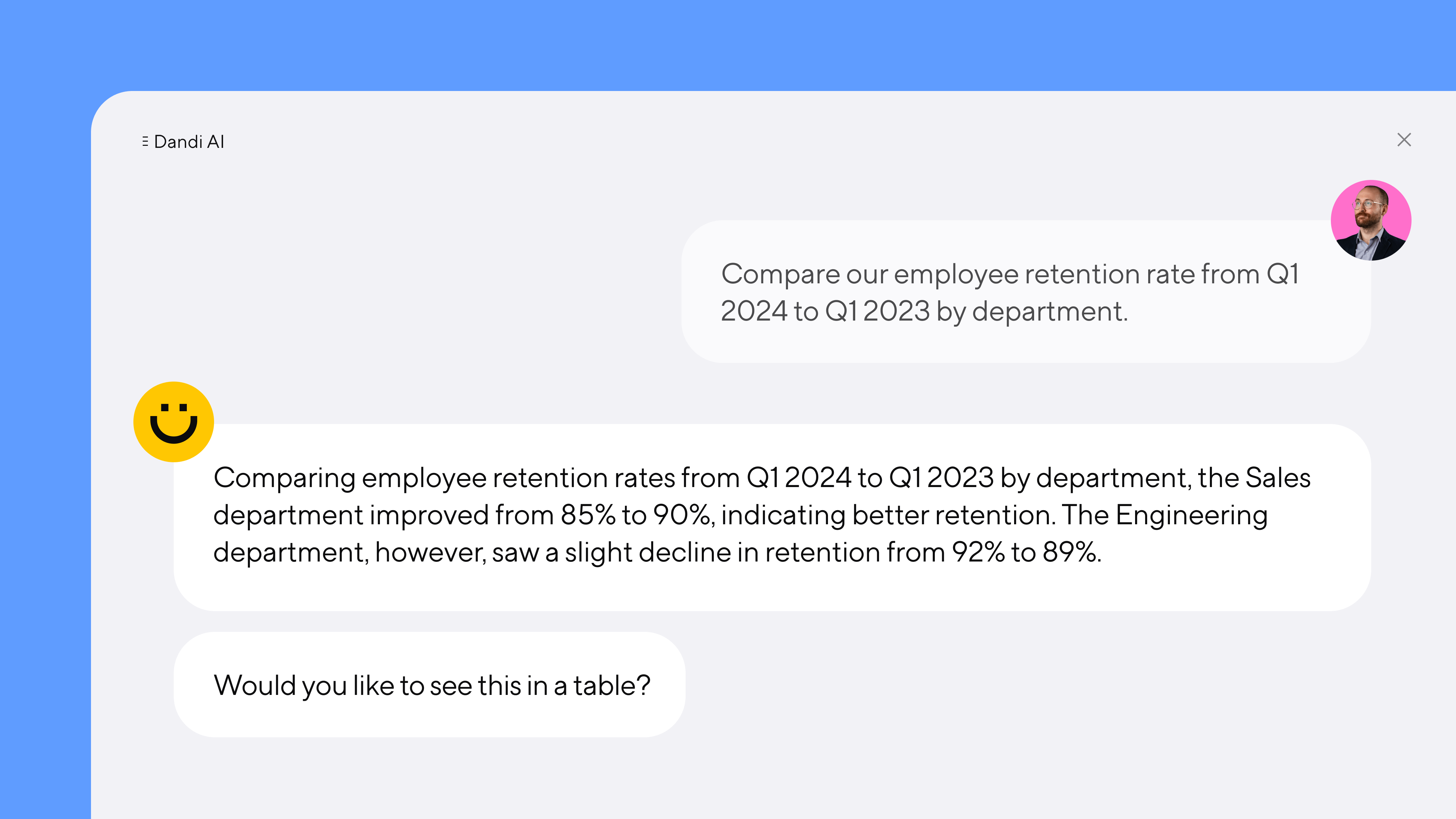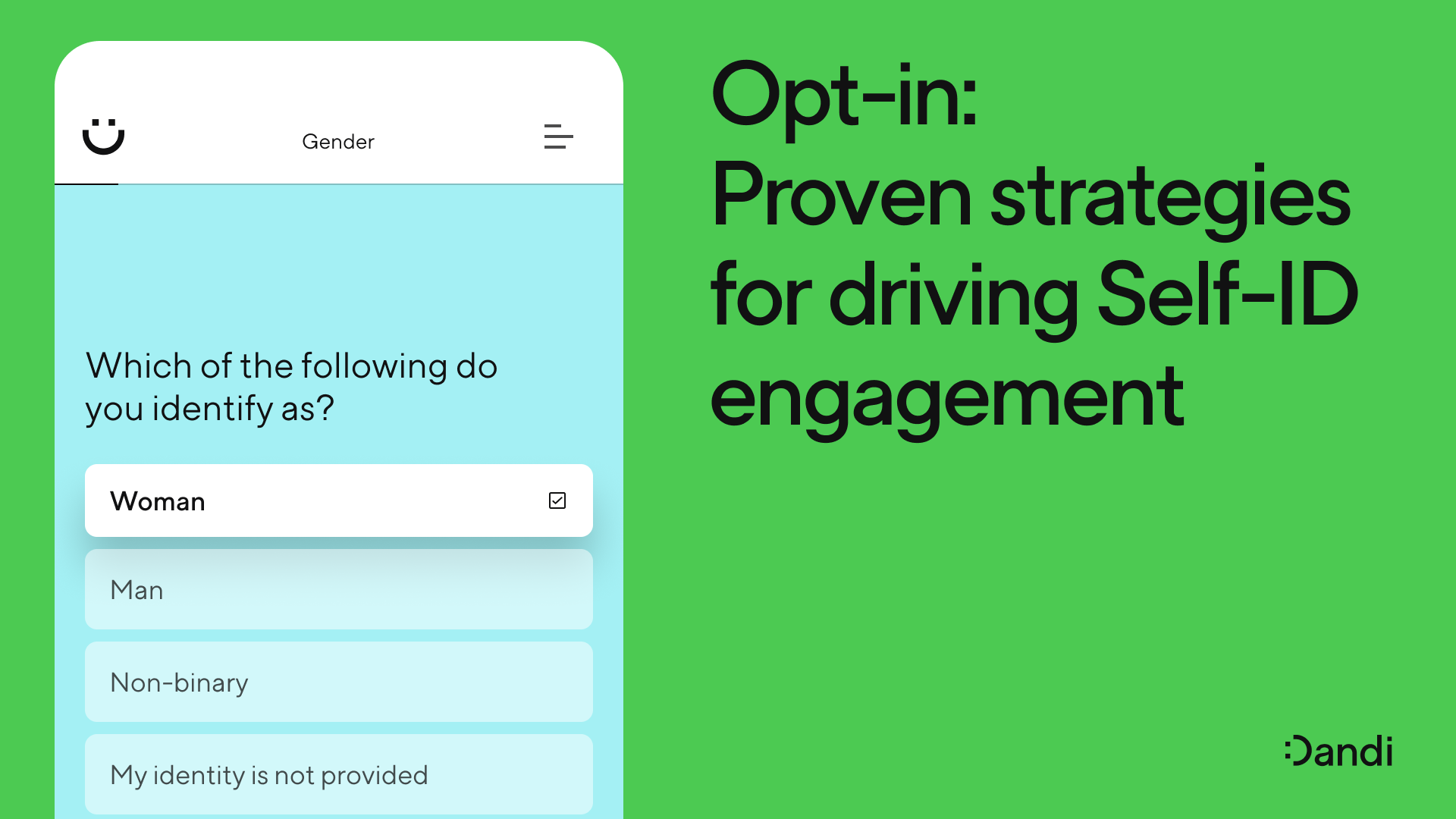The business case for DEI is changing

Jason Gong – Sep 27th, 2023
Initially, DEI centered on gender and racial diversity. But as our understanding of diversity has grown, so has DEI's scope. This week, Jason Gong, Dandi's DEI lead, explores the evolving business case for DEI.
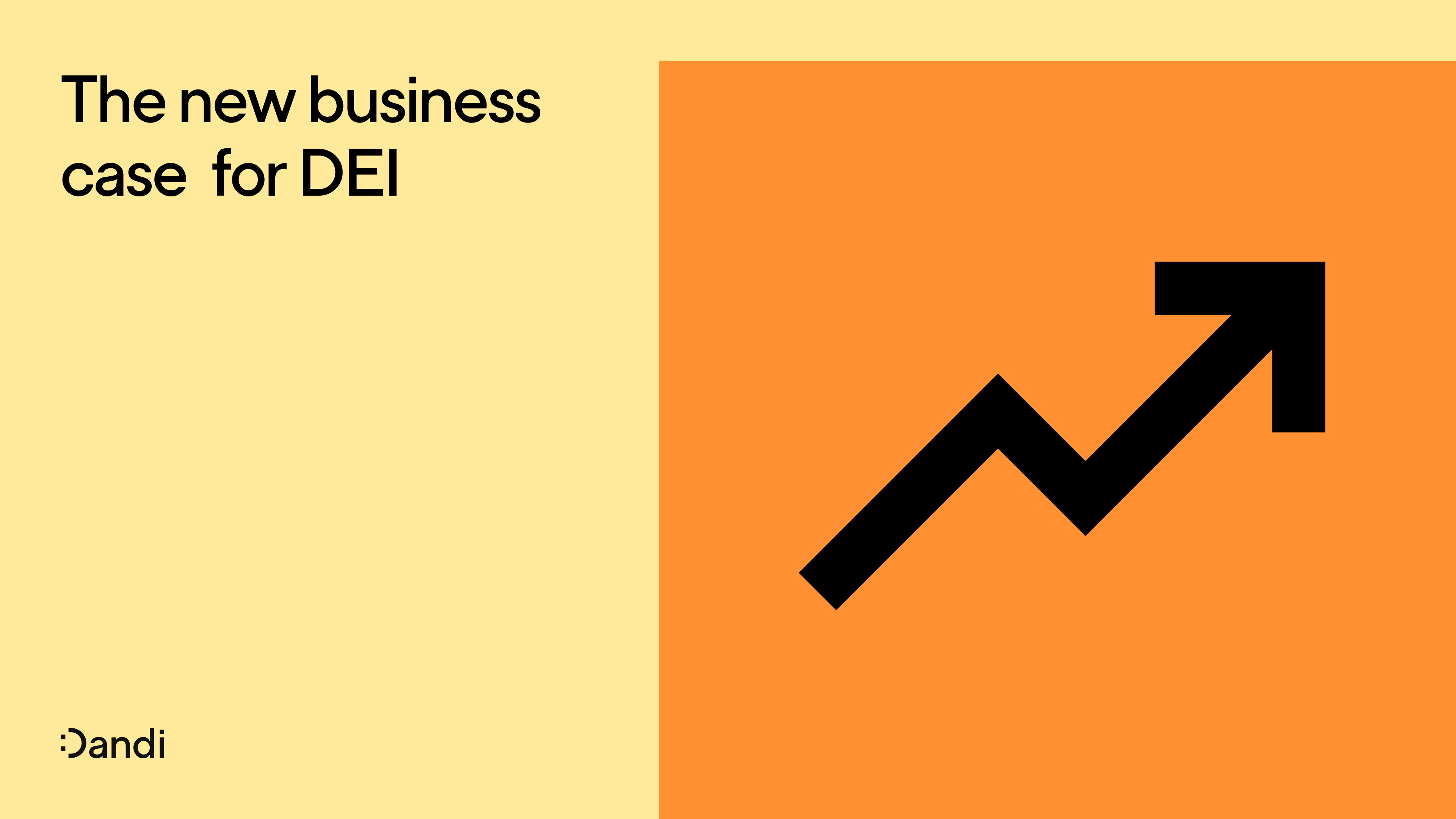
When I started my career in DEI 20 years ago, it was still a relatively niche field. And if you’d asked me, say, in 2013, why a business might want to invest in DEI, I’d probably make the following two points:
-
It’s good for business: Hiring and retaining more diverse talent drives better business outcomes
-
It’s the right thing to do: Businesses have a social and moral obligation to ensure that they’re creating workplaces where everyone has a chance to participate and succeed
Both of these arguments are still 100% true today. But, like many things, the argument for DEI became much more complicated after that hot, angry summer of 2020.
Confronted with the horrible footage of George Floyd’s murder, business leaders discovered a new reason for investing in DEI: shame. And they responded by investing in DEI at an unprecedented pace. To us DEI “lifers,” it felt like a decade’s worth of new investment happened in a matter of weeks.
But here’s the thing about shame: it’s a feeling, not a strategy. And now that the moment has passed, there has been an inevitable backlash. Businesses have begun to question their non-strategic investments. Employees that felt afraid to voice dissent around DEI now feel emboldened to do so.
Some have begun to wonder if this moment spells the end for DEI. I believe quite the opposite to be true. We have come so far and DEI has become so much larger. It isn’t going anywhere. But the business case for DEI has changed.
DEI is no longer just about representation
Initially, DEI’s focus was primarily on gender and racial diversity. However, over time, the definition of diversity has expanded to include various dimensions such as age, ethnicity, sexual orientation, disability, religion, and more. The historic focus on representation has expanded to include a more holistic emphasis on inclusion and a sense of belonging.
Companies now recognize that diversity alone is not enough and must be accompanied by efforts to create inclusive cultures that embrace diverse perspectives, ensure equitable opportunities, and foster a sense of belonging for all employees.
Companies now recognize that focusing on racial and gender diversity alone is not enough.
This broader understanding brings nuance to the DEI conversation. It’s no longer just about raw headcount numbers—how many Black employees do we have? How many women?—but about the experiences that different employee populations have at a company.
This single shift means that businesses must approach DEI in a completely different way.
DEI has shifted from program-driven to data-driven
In a world where DEI concerns itself with employee experiences, the work is never done. It’s a process of constantly calibrating and re-calibrating efforts as new programs are introduced and employee populations change. In such a world, data is key.
And this is where the new business case for DEI comes into focus. A data-driven, always-on DEI program can and should be integrated into broader business strategies.
Organizations are incorporating DEI considerations into talent acquisition, leadership development, performance management, product development, marketing, and customer engagement. This integration aligns DEI efforts with the overall goals and objectives of the organization.
Today, DEI’s value isn’t just in influencing headcount. At its best, DEI can be a data-driven, strategic driver of growth. Here are five business cases for DEI today:
1. Enhanced Innovation and Creativity
A diverse and inclusive workforce brings together individuals with different backgrounds, experiences, and perspectives. This diversity fuels innovation and creativity by fostering the exchange of unique ideas and problem-solving approaches. Research has shown that diverse teams are more likely to generate innovative solutions and outperform homogeneous teams.
2. Improved Decision-Making
When decision-making involves diverse perspectives, it leads to more comprehensive analyses and better-informed decisions. Inclusive teams are more likely to consider a broader range of viewpoints, challenge assumptions, and avoid groupthink, resulting in more effective decision-making outcomes. Data-driven decision-making can provide insights into the impact of diversity on decision quality and overall business performance.
A data-driven, always-on DEI program can and should be integrated into broader business strategies.
3. Expanded Market Reach
Building a diverse and inclusive workforce allows businesses to better understand and cater to a wide range of customer segments. By having employees who reflect the diversity of their target markets, organizations can develop products, services, and marketing strategies that resonate with a broader customer base. Data analytics can help identify market trends and consumer preferences across diverse demographics, informing business strategies that lead to increased market reach and customer satisfaction.
4. Increased Employee Engagement and Retention
Inclusive workplaces that prioritize diversity and equity tend to foster higher levels of employee engagement and satisfaction. Data analysis can reveal correlations between employee engagement, diversity metrics, and retention rates. Organizations that invest in DEI initiatives often experience reduced turnover, improved employee morale, and increased productivity. Satisfied and engaged employees are more likely to go above and beyond, contributing to better business outcomes.
5. Enhanced Reputation and Brand Image
Today's consumers are increasingly conscious of a company's commitment to DEI principles. Businesses that prioritize diversity, equity, and inclusion not only attract a diverse talent pool but also cultivate a positive brand image and reputation. Customers and stakeholders often align themselves with companies that demonstrate social responsibility. Data-driven metrics and transparency in diversity reporting can showcase an organization's progress, building trust and goodwill among consumers and investors.
DEI is different now—and will continue to change
It's important to note that the impact of DEI initiatives may vary depending on the specific context and implementation within each organization. However, leveraging data-driven approaches can provide insights into the effectiveness of DEI initiatives and help drive positive outcomes for businesses.
Studies have shown that diverse teams drive innovation, improve decision-making, enhance problem-solving capabilities, attract and retain top talent, boost employee engagement and productivity, and increase market reach by better connecting with diverse customer bases.
The business case for DEI today is bigger and more nuanced than it was even just a few years ago. It has evolved from being primarily driven by legal compliance and basic representation numbers to a strategic imperative linked to innovation, performance, and market competitiveness, and a data-driven discipline tied to business outcomes.
Like I said above, this is not the end of DEI’s story. Rather, it is the beginning of DEI doing what it has always been meant to: impact and improve every part of the business, by making the workplace more diverse, equitable, and inclusive.
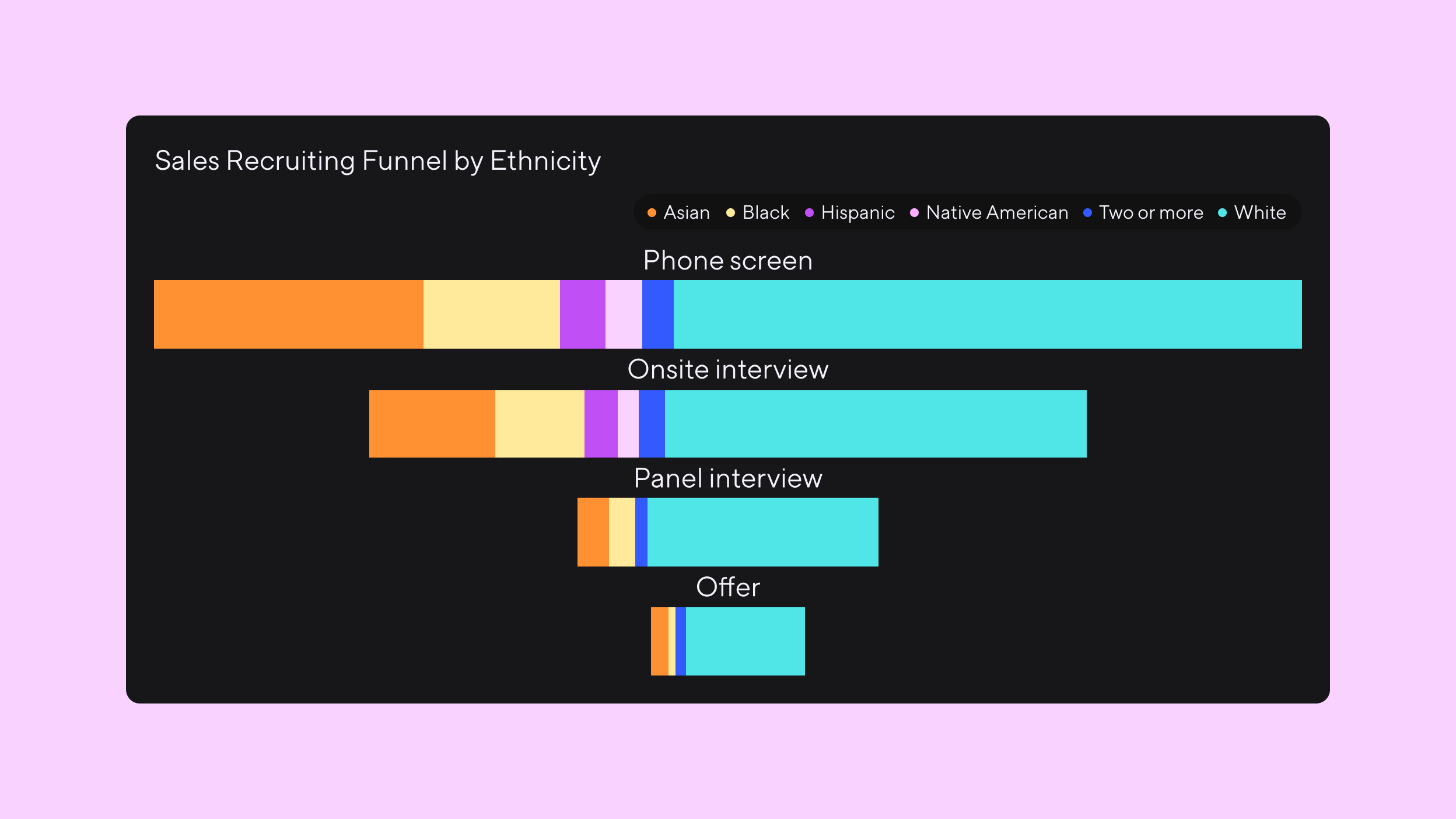
Looking to advance your DEI efforts with data? Book a demo with Dandi.
More from the blog
Announcing more powerful Dandi data visualizations
Team Dandi - Oct 23rd, 2024
The New Maturity Model for HR Data
Catherine Tansey - Sep 5th, 2024
Buyer’s Guide: AI for HR Data
Catherine Tansey - Jul 24th, 2024
Powerful people insights, 3X faster
Team Dandi - Jun 18th, 2024
Dandi Insights: In-Person vs. Remote
Catherine Tansey - Jun 10th, 2024
Introducing Dandi AI for HR Data
Team Dandi - May 22nd, 2024
5 essential talent and development dashboards
Catherine Tansey - May 1st, 2024
The people data compliance checklist
Catherine Tansey - Apr 17th, 2024
5 essential EX dashboards
Catherine Tansey - Apr 10th, 2024
Proven strategies for boosting engagement in self-ID campaigns
Catherine Tansey - Mar 27th, 2024

